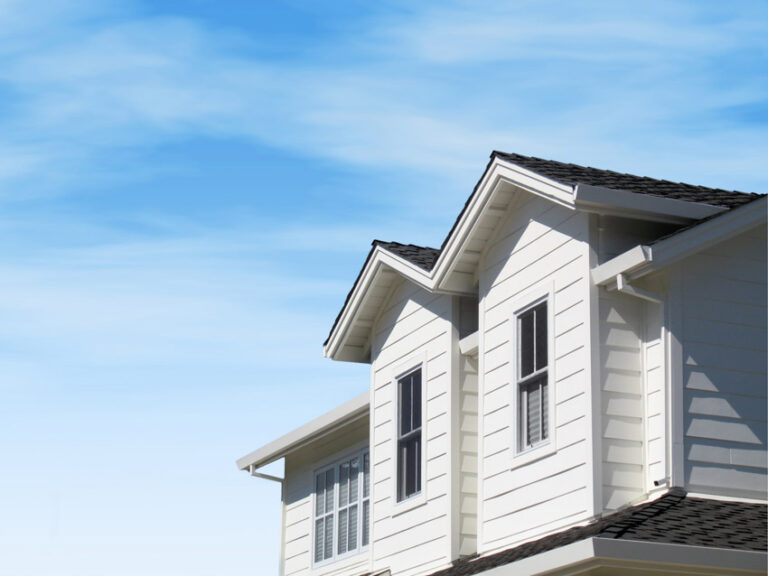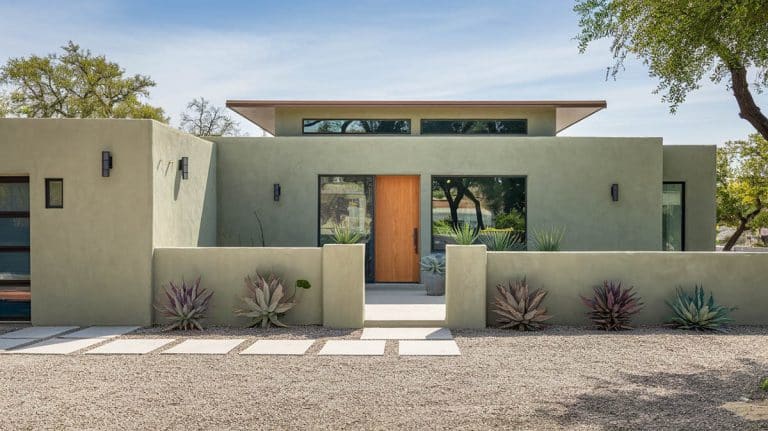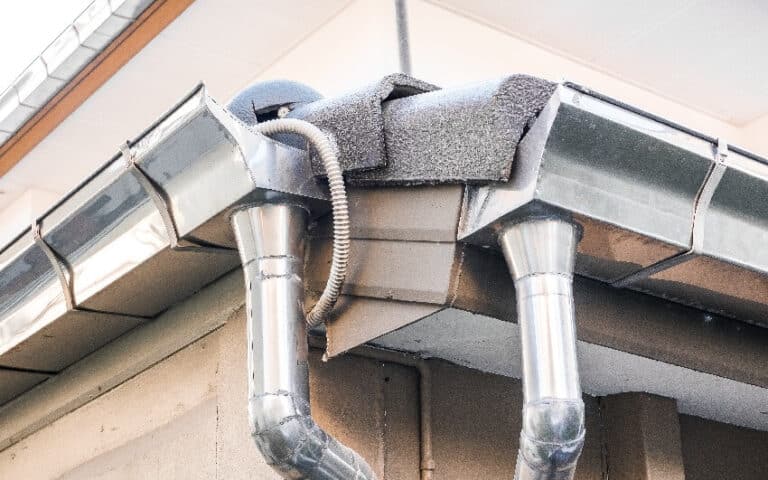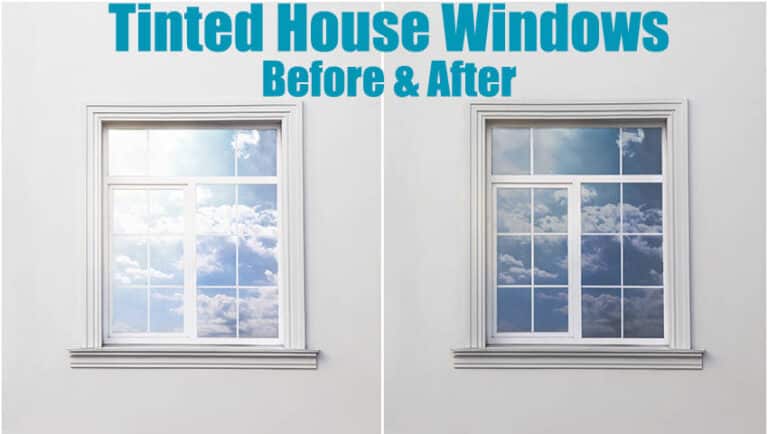Cupola Roof (Designs & Options)
Here we share our cupola roof design guide including its purpose, sizes, how much it costs, different ideas, and reasons why you should consider installing a cupola.

A cupola roof is simply an upside-down cup placed over a building (usually a tower). Cupola roof is an architectural design first seen in the 8th century in Islamic architecture. Cupola roofs are found on minarets (towers) near mosques.
Cupola roofs are also regarded as extravagant, being applied to the greatest infrastructure all over the world. Today you can even see some on government buildings like the Capitol in D.C and the Cradle of Liberty on top of the Faneuil Hall in Boston.
What Is A Cupola?

While most are in the shape of a dome, cupola roofs also come in a variety of shapes, including squares and even hexagons. Some have pointy roofs and with their unique styles, they become landmarks and identifiers of the town they’re in.
Cupolas are referred to as roofs but technically, they are architectural details that are easily removed and exchanged. This is what separates it from a dome since a dome is part of the building as a roof. There are different kinds of cupolas that can be used for structures, especially when they are used as ornaments.
Cupola Purpose
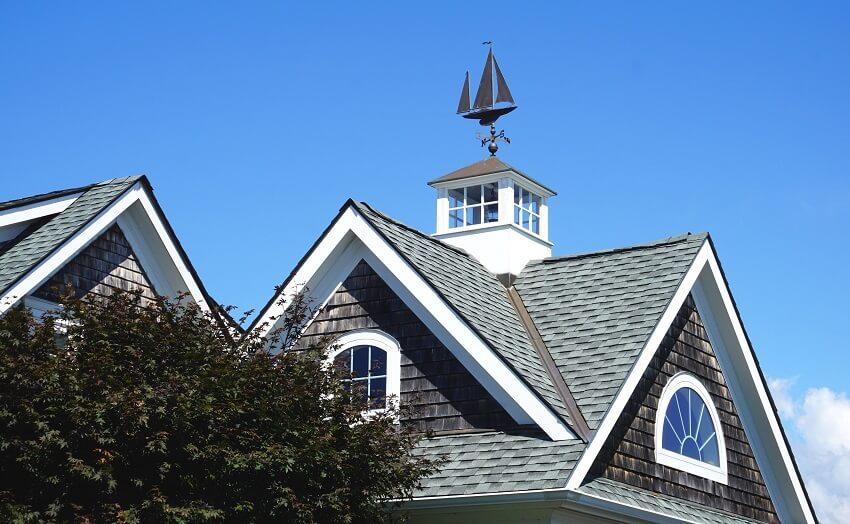
• Acts as a holder – Cupolas can work as a holder on top of a building or infrastructure and act as a holder for different things like a cross, flag, or weather vane.
• Decorative – Most cupolas are created as architectural ornament and detail, adding a more artistic design to the building.
• Useful for ventilation – Cupola roofs are excellent tools to improve an infrastructure’s ventilation, allowing a fresh supply of oxygen to come in and get rid of stale air. This is the purpose of barns when cupolas were used in the past, where blind-like vents and slats are installed on the sides of the barn with its slanted roof.
Cupolas also allow livestock and manure smell to get out of the building and even aid hay to dry naturally. Some buildings still use cupolas for ventilation. For more ventilation ideas, see types of attic fans and roof ridge vent here.
• Acts as an observatory – There are large cupolas that can accommodate people inside and act as an observatory, which is also called a belvedere. One of the most popular cupolas that act as an observatory is found on Mount Vernon in the renowned estate of US first president George Washington.
• Supplies lighting – Besides ventilation, cupolas also provide additional lighting to infrastructure by allowing natural light from the sun to come in. See more natural lighting ideas in our types of sunrooms guide.
• Updates the home’s look – Remodeling is more expensive than a cupola so if you want something new for your roof but don’t want to spend too much, you might try out a cupola.
Cupola Sizes
Cupolas range from small ornamental ones to large observatories, which is why their sizes depend on their purposes. If you will be using cupolas as holders of a flag or a cross, it doesn’t need to be a gigantic one.
However, if you will use the cupola to house people and act as an observatory, the cupola needs to be large enough to accommodate the decorative features or lighting you want.
The most common size cupolas for a two car garage are 18″ by 22″ or 24″ by 24″.
What Size Cupola Do You Need?
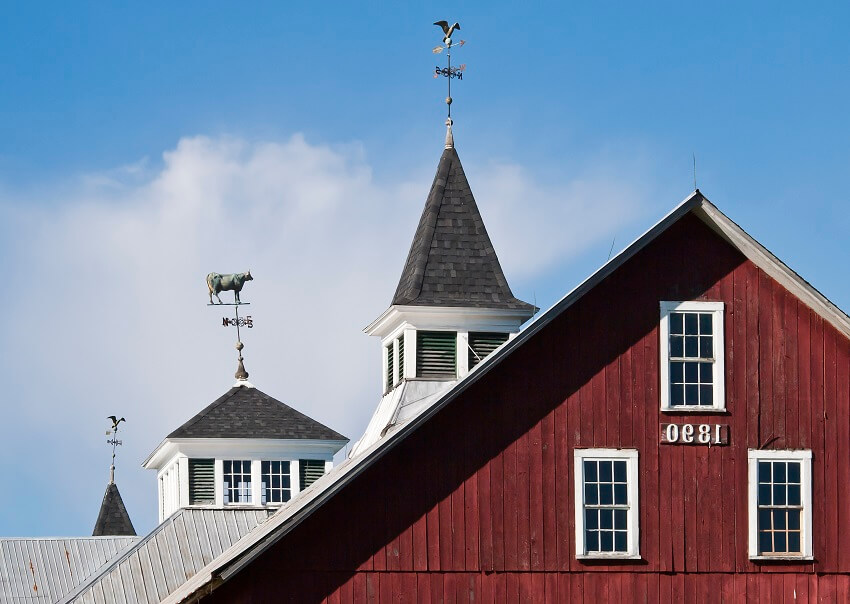
In general, though, the standard size of a cupola for your roof can be determined by the size of the roofline. Planning is absolutely necessary for building a cupola. You can match every foot of the building’s roofline with a 1.25-inch cupola.
This means that for a building that has a roofline that is 12 feet wide, you need a cupola to at least measure 15 inches wide. Read more about the different types of roofs here.
How Much Is A Cupola?
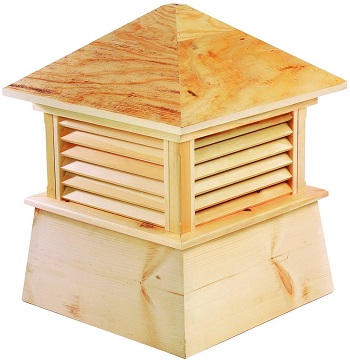
See this wood cupola at Amazon [sponsored link]
Cupolas can mean elegance and beauty when on top of infrastructures, making the buildings stand out. Does this mean that its irresistible charm is expensive?
The cost of a cupola depends on how large it is, as well as if it’s ready-made or custom-made and if the cupola needs to be installed by a contractor. The cost range from $200 to over $1000, depending on the size, installation, and design.
Professional installation is still recommended when it comes to cupolas since a proper setup is necessary for them to last longer and look good. When it comes to the remodeling of the roof vs. installation cupolas, the latter is less expensive than renovating the entire roofline. And you can even be guaranteed to add protection to the building.
Cupola Design Ideas
If you are looking for possible design ideas for a cupola, there are several factors you can check out, including its size, shapes, and colors.
A lot of cupolas come in a dome-shaped form but there are also cupola designs that are squares and hexagonal. Match the design of your cupola with your home and the purpose you have in mind for it.
Are Cupolas A Good idea?
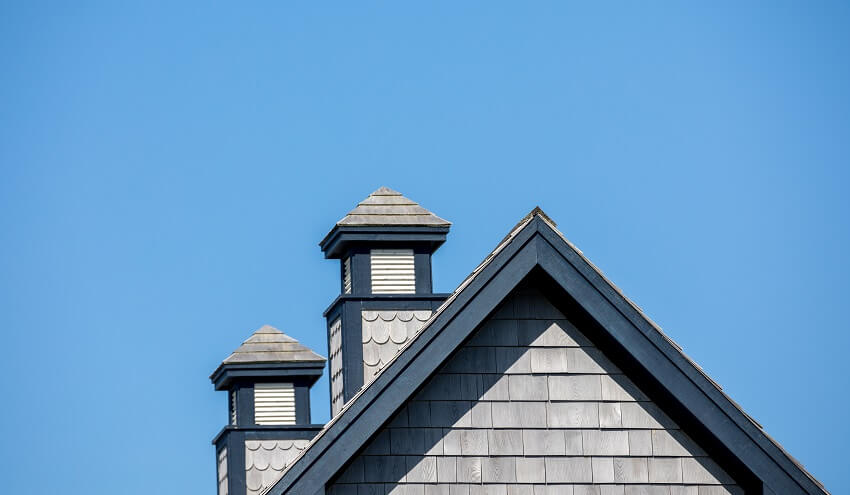
Functional cupolas are known to help extend your roof’s life by protecting it from moisture and mold. So if you’re hesitating, this is one good reason for your to try it out.
If you are still in doubt whether cupolas are a good idea or not, here are some reasons to consider installing one:
• Increases usable space in the home, from attics to workrooms
• Adds ventilation and natural light to the infrastructure
• Offers a unique look to your home
• Balances the style of your home
• Helps in customizing and adding new technology to the building
See more related content in our article about cupola lighting ideas on this page.

